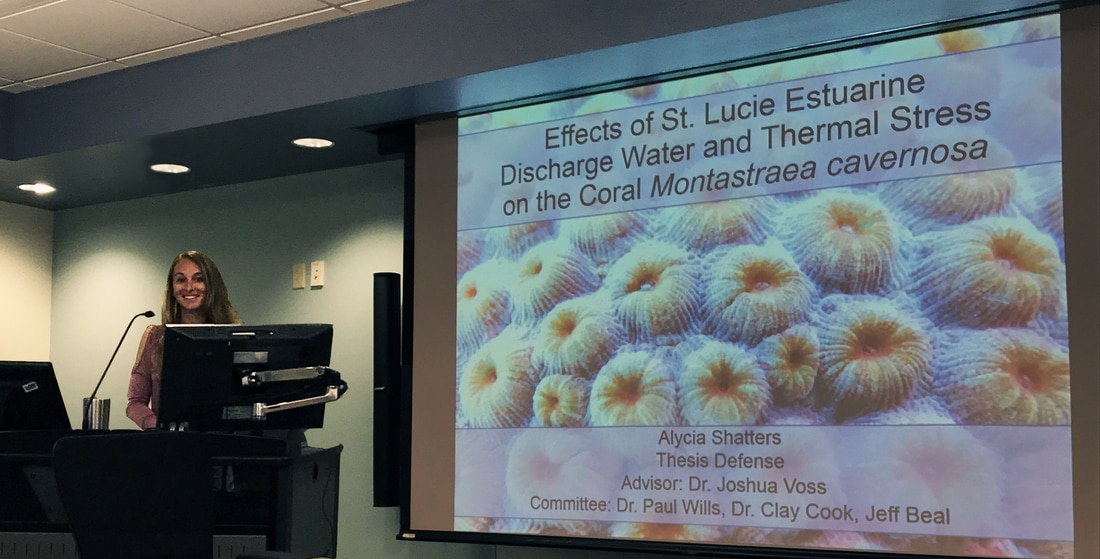Belize, however, has much more strict regulations regarding drone import/export and flight applications than the United States. With the appropriate permits and Customs inspections upon arrival in the country, we were successful in bringing our DJI Inspire 1 out to the station. Over several days, we conducted test flights to determine the optimal time of day resulting in the highest contrast and water penetration, while reducing sun glare off the water surface. Once we determined that 2:00 PM produced the best images due to reduced wind chop and solar glare, we began to systematically “mow the lawn” while taking downward-facing photos. We flew grid-like patterns over the surrounding reef, capturing photos of overlapping features to ensure downstream photomerging in image-editing software. To learn more about the aerial mapping procedure, visit the Project CLOUD page here.
Overall, we were able to capture the majority of the shallow water habitats surrounding Carrie Bow in five flights over three days. During the week, we also recorded GPS coordinates of island landmarks for downstream georeferencing in ArcGIS. Additionally, we were fortunate to be able to fly the quadcopter to the nearby Curlew Cay, a now-subsided barrier island to the south of Carrie Bow.
This mapping application has really pushed the boundaries of the protocol we developed for Project CLOUD. Carrie Bow is the first environment we have mapped that could not be fully captured over a single flight, or even over a single day. As a result, we generated nearly 500 images contributing to the overall map, far more than Photoshop can handle and merge at once. As a result of file limitations and slight differences in exposure and color across each flight day, we first had to merge portions of the photos together, and eventually those sections into a final map. With some creative color correction to match across seams, we produced two maps: a full-scale, map including all the habitat coverage, and a cropped, poster-format map. Both maps have been georeferenced using the GPS landmarks and therefore can be used for spatial analyses and for generation of media outputs within the Smithsonian. We are pleased with the adaptability of our mapping protocol to complex environments, and hope that these maps will be useful for informative applications of habitat differentiation and media outreach.
Post written by Michael Studivan.
Created with flickr slideshow.

 RSS Feed
RSS Feed
